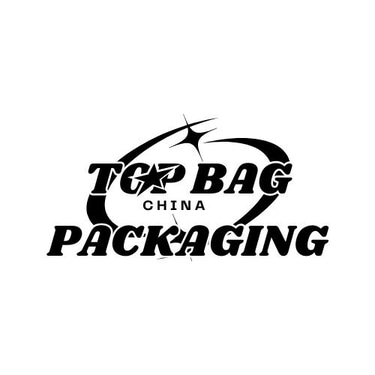Woven vs. Non-Woven Bags: Which Material Saves More Costs for Your Business?
4/26/20252 min read


Understanding Woven and Non-Woven Bags
When it comes to choosing packaging materials for your business, understanding the distinction between woven and non-woven bags is essential. Both types of bags are used across various industries, but their manufacturing processes, durability, and applications vary greatly. Woven bags are made from interlaced fibers, typically polypropylene, which results in a strong and durable structure. In contrast, non-woven bags are created from fibers that are bonded together through heat, chemicals, or mechanical means, offering a lighter and often less durable option.
Cost Analysis: Woven Bags Wholesale vs Non-Woven
To determine which option is more cost-effective for your business, examining the wholesale prices is crucial. Generally, woven bags wholesale tend to be slightly more expensive than their non-woven counterparts due to the intricate manufacturing process involved. However, the durability of woven bags can lead to lower long-term costs, especially in applications that require frequent use or heavy loads.
On the other hand, non-woven bags can offer significant upfront savings, making them an appealing choice for promotional purposes or single-use scenarios. Businesses often find that the initial investment in non-woven bags allows them to reach a wider audience while keeping costs low, thereby enhancing their marketing efforts.
Durability and Environmental Impact
Another critical factor in the woven vs non-woven bags debate is durability. Woven bags are designed to withstand higher weights and provide excellent protection for the contents inside. This characteristic makes them suitable for businesses that require sturdier packaging, such as agricultural products or heavy retail items.
Non-woven bags, while lighter and often less durable, are often categorized as biodegradable or recyclable, depending on the materials used. Businesses focusing on sustainability may find non-woven bags to be a better fit, as they can align with eco-friendly initiatives. In contrast, woven bags offer superior longevity, resulting in fewer bags being needed over time, which can contribute to a reduction in overall waste.
In conclusion, the choice between woven and non-woven bags should be influenced by your specific business needs. While woven bags wholesale might result in higher upfront costs, they can offer greater durability and long-term savings. Non-woven bags, on the other hand, provide immediate cost benefits and can be the preferred option for short-term promotions or environmentally-conscious brands. Conducting a thorough analysis of your requirements will ensure that you select the most cost-effective solution for your packaging needs.
